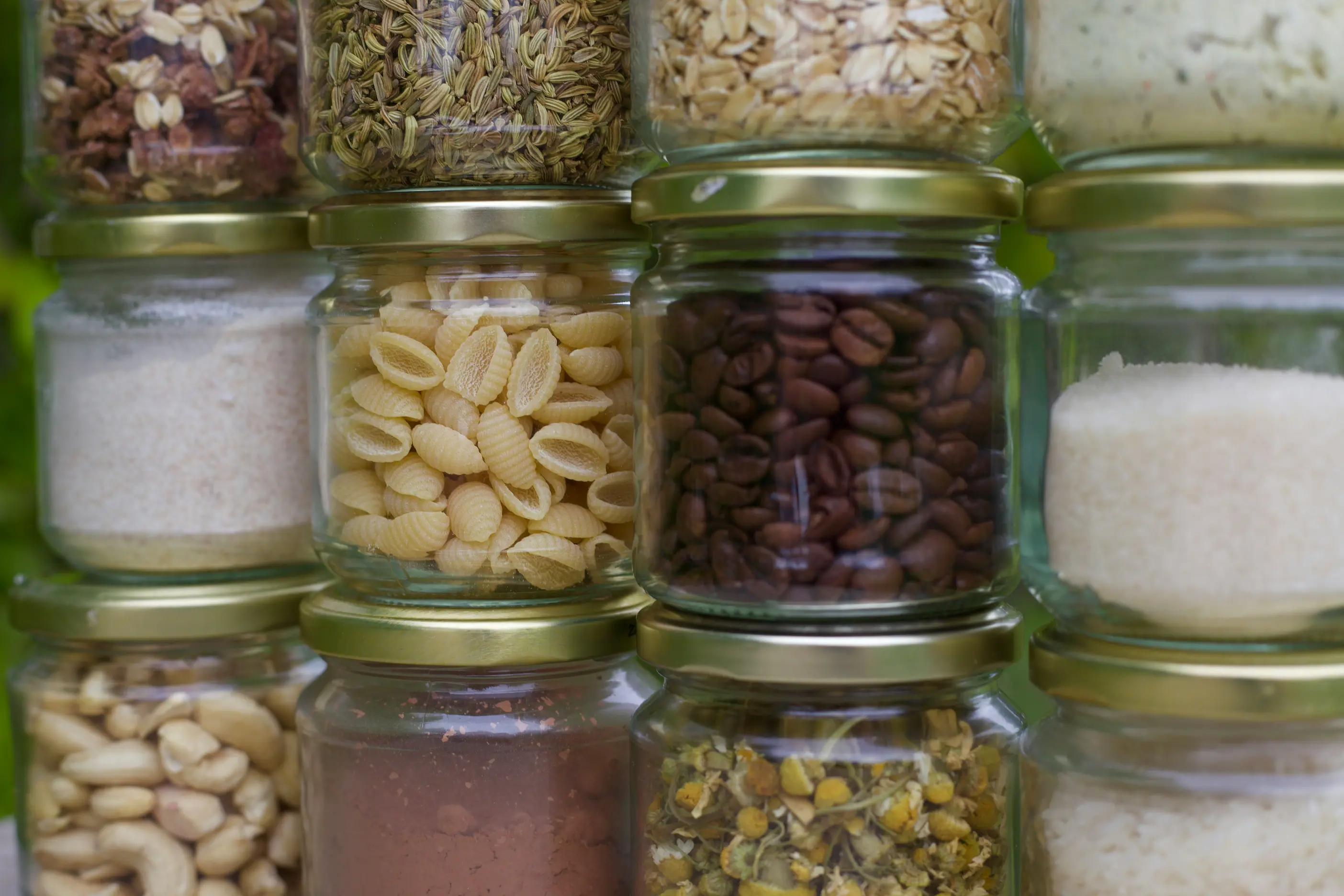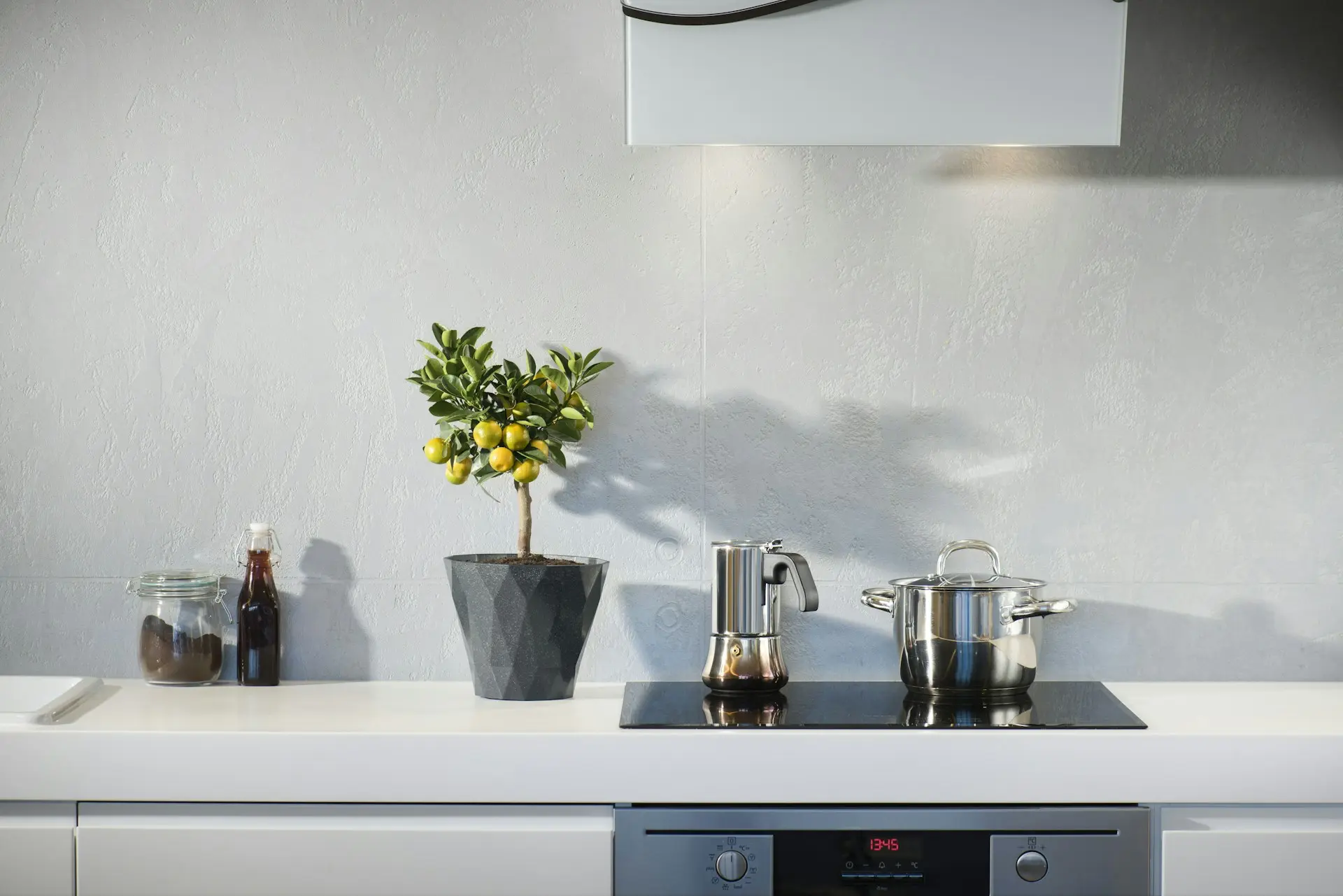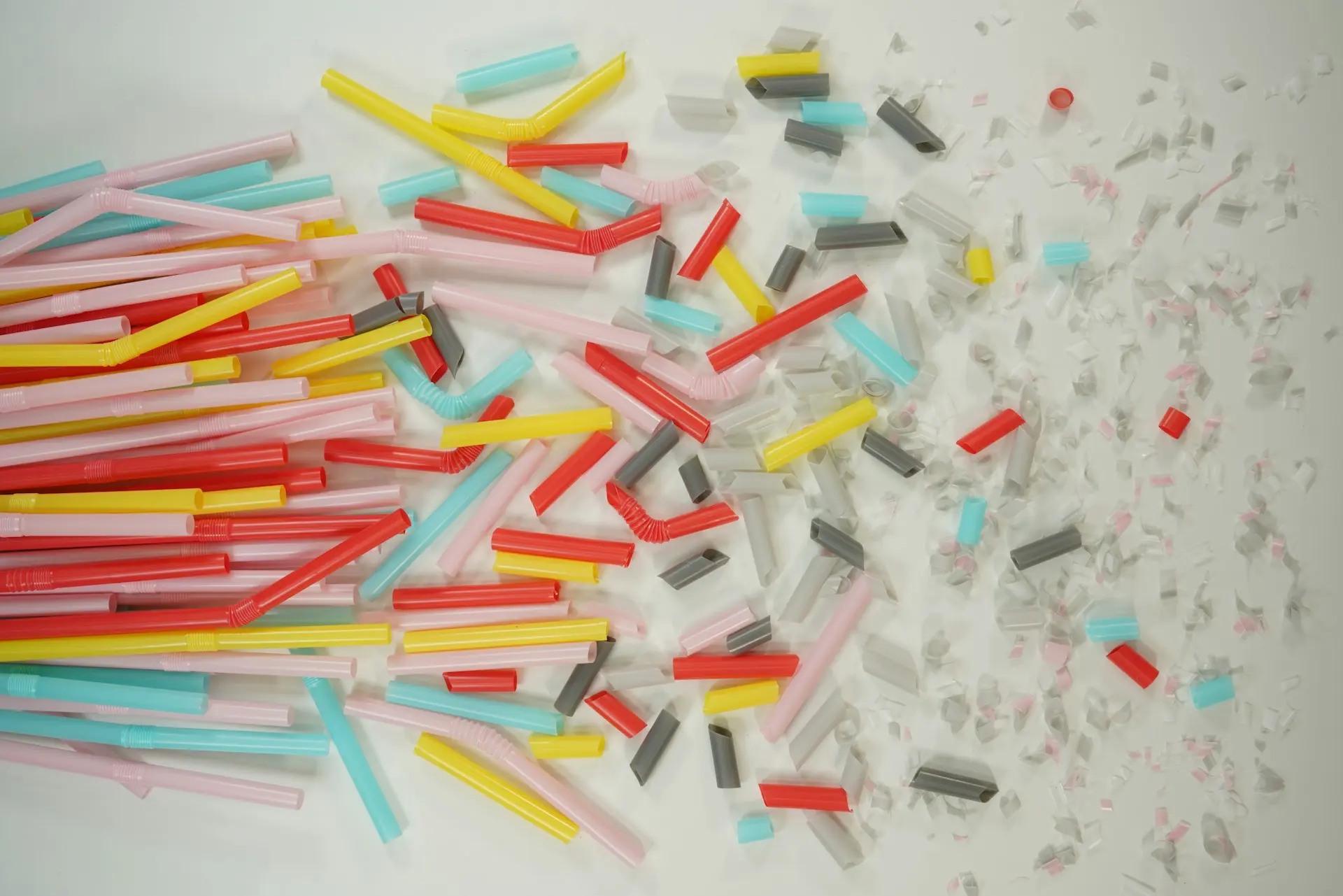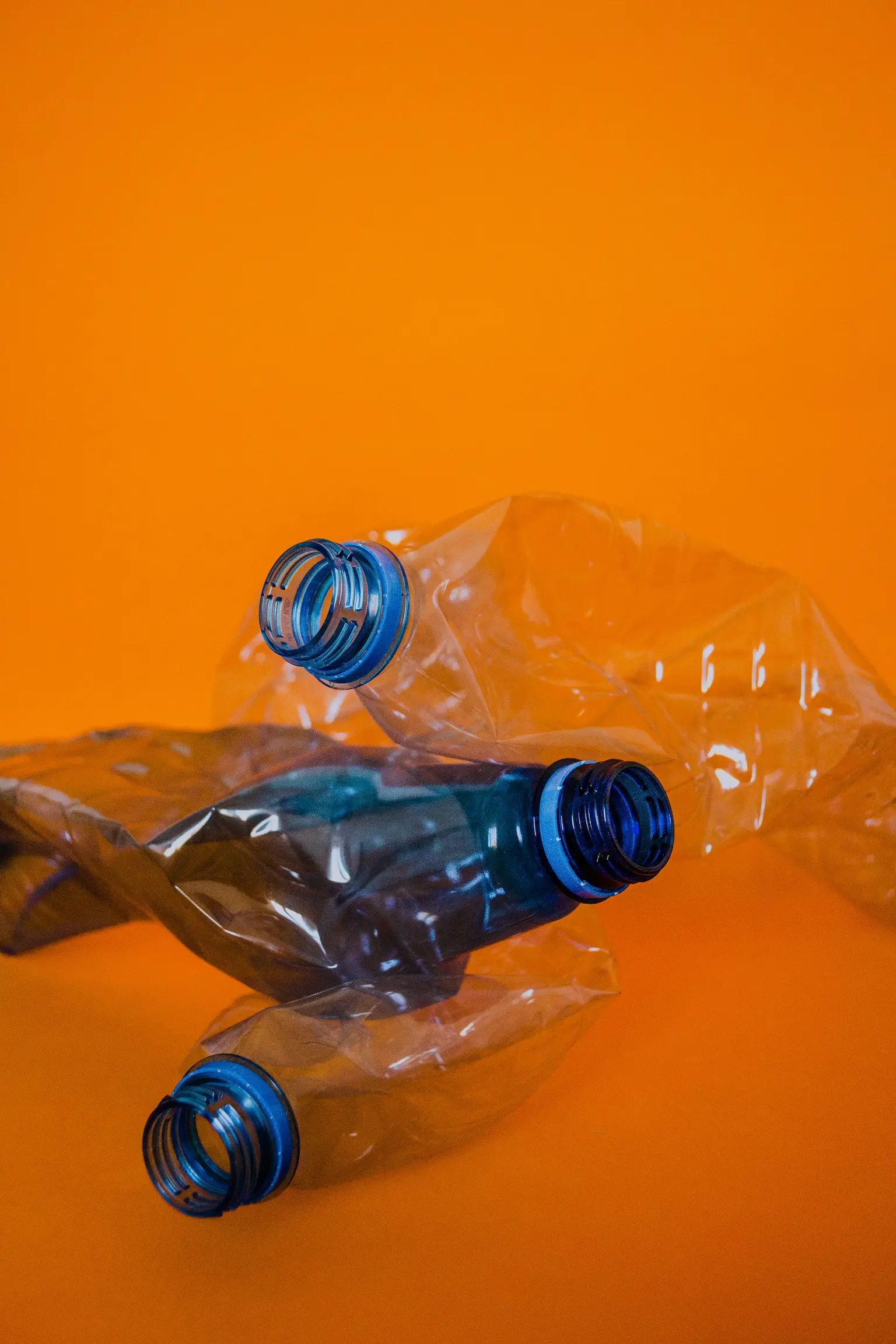Plastic-Free Food Storage: The Best Alternatives to Plastic Containers
Choosing plastic-free containers for food storage is a practical way to reduce everyday microplastic exposure and build a healthier, lower-waste kitchen. This guide outlines the best plastic-free materials, with a clear breakdown of their advantages and limitations.
Glass (Containers and Jars)
Glass is a reliable, non-toxic material for food storage. It does not leach chemicals, even with hot foods, and is fully inert. Borosilicate glass is more resistant to thermal shock, making it suitable for oven, microwave, freezer, and dishwasher use. Soda-lime glass is more common and cost-effective, though slightly less durable under rapid temperature changes. Transparent surfaces make it easy to identify contents at a glance.
Glass jars — such as mason or Weck jars — offer airtight storage for dry goods and liquids. Clamp-sealed models avoid plastic entirely, while some mason jar lids include plastic or rubber components. As with other glassware, verify lid construction for full plastic-free use.
Glass is heavier than other materials and can break on impact. It is also not ideal for transport or rough handling.
Best for:
Leftovers, sauces, meal prep, grains, nuts, liquids, pantry storage, and refrigeration.
Stainless Steel (304 or 316 Grade)
Stainless steel is durable, lightweight, and highly resistant to corrosion. It does not leach chemicals into food and is fully recyclable at end of life. Good quality stainless steel handles both dry goods and refrigerated foods well.
Steel is opaque, requiring containers to be opened to see contents. It is also not microwave-safe. Acidic foods may interact with lower-grade steel.
Best for:
Packed lunches, pantry storage, refrigerator organization.
Titanium
Titanium is one of the strongest and most durable materials available for food storage. It is completely inert, lighter than stainless steel, and highly resistant to corrosion — even in extreme environments. However, it comes at a significantly higher cost and is usually not necessary for everyday home use.
Best for:
Travel, camping, and long-term durability.
Ceramic (with Food-Safe Glaze)
Ceramic, when finished with a lead-free and cadmium-free glaze, is a safe and natural material for food storage. It retains heat and cold well, and is often suitable for direct serving.
Ceramics are fragile and can chip or crack with use. They are also heavier and less practical for stacking in large quantities. It is important to ensure the glaze is certified food-safe.
Best for:
Refrigerated foods, salads, baked goods, dry pantry storage.
Beeswax-Coated Cloth Wraps
Beeswax wraps offer a breathable and compostable alternative to plastic wrap. They help extend the life of fresh produce, cheese, and baked goods, and are lightweight and reusable.
They are not fully airtight or waterproof, making them unsuitable for liquids or raw meat. Wraps naturally degrade over time and typically last around 6 to 12 months with regular use.
Best for:
Wrapping produce, sandwiches, cheeses, and covering bowls.
Wood (Hardwoods like Maple, Olive, Acacia)
Wood is a natural and effective material for dry food storage. It provides a breathable environment that is well-suited to storing items like tea, coffee, spices, and bread. Untreated or food-safe finished wood containers are fully plastic-free and biodegradable.
Wood is not airtight and can absorb odors if left untreated. Occasional oiling is recommended to maintain durability and prevent cracking.
Best for:
Dry storage of teas, spices, grains, and baked goods.
Practical Takeaways
Replacing plastic containers does not have to be done all at once. Starting with simple swaps — such as a few glass containers or stainless steel jars — can make a meaningful difference over time. Choosing durable, non-toxic materials helps reduce microplastic exposure and creates a more sustainable kitchen for the future.
See the Kitchen category for vetted plastic-free options across cookware, storage, and utensils.



